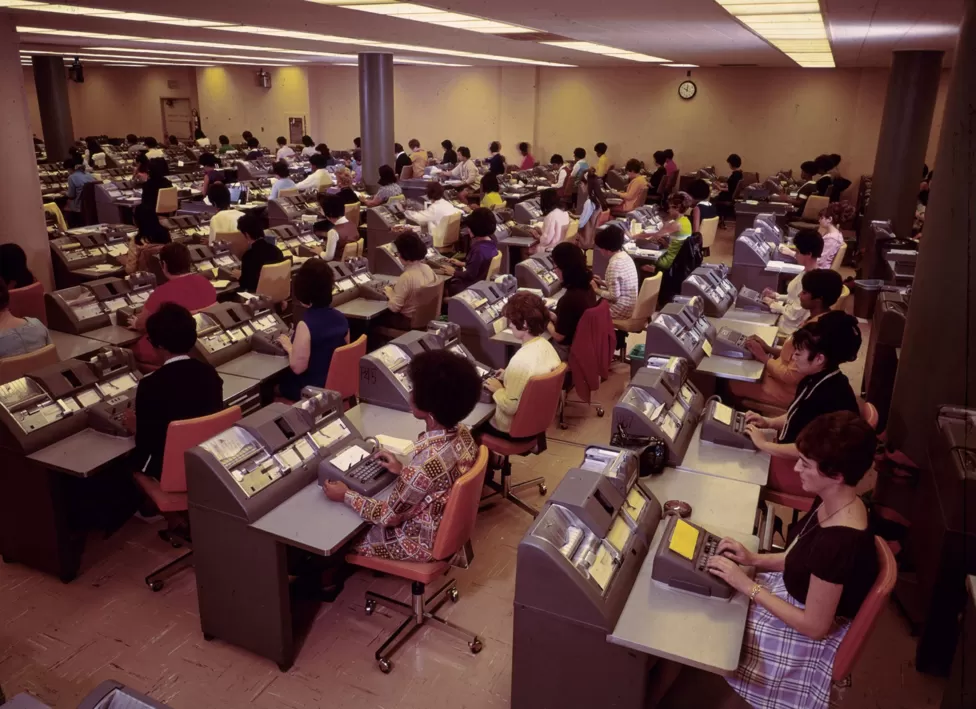Coronavirus: 5 tips for browsing children's screen time throughout social distancing
Throughout this pandemic, it's reasonable to say that pre-COVID-19 family regimens may shift, or also totally break down! In our new COVID-19 reality, daycare and institution are terminated, moms and dads are functioning from home and families are participating in social distancing, leaving no peers for kids to have fun with.
It is reasonable that children and grownups may be using displays (tv, devices, tablet computers and computer game) greater than they typically would certainly, or exceeding the suggested limits of one hr each day for kids ages 2 to 5, and no screen time for kids under 18 months old (with the exemption of video clip talking).
As child psycho therapists and screen time scientists, we are receiving questions from moms and dads about how to manage children's screen time throughout these unmatched times. Those questions consist of: "How a lot is too a lot screen time?" and "Can screen time be beneficial sometimes?" Listed below we provide research proof and recommendations for best practice screen use for children throughout the COVID-19 pandemic. Real Madrid Juara La Liga ke 34

1. Select top quality, academic programming
Screen time can benefit kids over the age of 2, when it is the right kind of content. In our research, we find that programming developed with education and learning in mind, such as Sesame Road, can have some small but beneficial impacts on children's language abilities.
Better programs are more most likely to equipment their content to the needs of children by having actually a coherent tale line and by pacing the program to the developing degree of children. Curricula often tag objects and talk straight to children, which can be helpful for learning new words and sounds.
In children under the age of 2, research recommends hardly any learning occurs from displays, also if the content is academic. Thus, restricting screen use in very children to video-chatting with friends and family or brief bouts of screen viewing (10 to 15 mins) may be the best approach.
2. Watch or participate in displays with each other
There's proof to recommend that when children and caretakers watch displays with each other children are more most likely to learn new words. Previous research has revealed that moms and dads can help their children when using media with each other by guiding their child's focus on specific content, discussing what is being viewed and strengthening what they have learned by production it relatable to the child's daily tasks (e.g., "That is a blue vehicle!").
This means that when feasible, take a seat with your child and enjoy media with each other. Discuss what you're seeing on the screen and obtain children considering what they are watching by asking engaging, open-ended questions (e.g., "What happened to personality X today?", "Personality X is unfortunate, why do you think that's? "), or by explaining or labelling what's on the screen ("Dora has a knapsack on and Boots is purple!").


